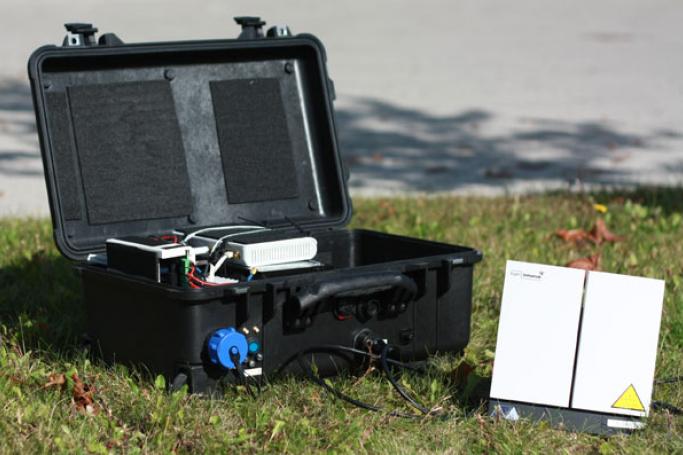ITU, the United Nations specialized agency for information and communication technologies (ICTs), has deployed emergency telecommunication equipment in Myanmar following severe floods which have claimed many lives and submerged more than 200,000 acres of farmland, damaging essential infrastructure and thousands of homes the organisation reported in a press release on 18 August.
The emergency equipment deployed by ITU includes Iridium satellite phones, Inmarsat satellite terminals (Broadband Global Area Networks), accessories and laptops to support rescue and relief coordination efforts.
“ITU has deployed emergency telecommunication equipment this year in Malawi, Vanuatu, The Federated States of Micronesia, Mozambique, Nepal, and now Myanmar,” said ITU Secretary-General Houlin Zhao. “I would like to express my deepest condolences to the people and Government of Myanmar following loss of life and widespread devastation caused by recent floods across the country.”
“I am fully confident that through cooperation with international agencies like ITU, local governments and non-governmental organizations, we can mitigate the effect of the disaster, and recover quickly,” said U Myat Hein, Union Minister for Communications and Information Technology, Myanmar.
“The floods in Myanmar have created a dire humanitarian situation,” said Mr BrahimaSanou, Director of ITU's Telecommunication Development Bureau. “In order to rapidly deploy emergency telecommunication equipment in areas affected by natural disaster, ITU continues to coordinate and facilitate the creation of partnerships among all stakeholders involved in the deployment and use of telecommunications in humanitarian work.”
“Information and communication technologies play a critical role when disaster strike,” said Mr Soe Tein, Director General of the Posts and Telecommunications Department, Ministry of Communications and Information Technology. “Without communications, we cannot support the priority needs of the people affected.”
According to the United Nations Office for the Coordination of Humanitarian Affairs (UNOCHA), as of 17 August more than 1,152,490 people have been affected, 103 people have died, and more than 15,000 homes have been destroyed.
At the Third UN Conference on Disaster Risk Reduction held in Sendai, Japan, in March 2015, ITU emphasized that with over 7 billion mobile cellular subscriptions worldwide, almost 3 billion people connected to the Internet and with 4.9 billion connected devices, ICTs have a vast potential to support disaster management efforts.
ITU considers emergency telecommunications as an integral part of the post-2015 sustainable development agenda. Through innovative and easy-to-use technologies, local communities can be empowered to provide early warning signals and also act as first responders when disaster strikes.
You are viewing the old site.
Please update your bookmark to https://eng.mizzima.com.
Mizzima Weekly Magazine Issue...
14 December 2023
New UK Burma sanctions welcome...
13 December 2023
Spring Revolution Daily News f...
13 December 2023
Spring Revolution Daily News f...
12 December 2023
Spring Revolution Daily News f...
11 December 2023
Spring Revolution Daily News f...
08 December 2023
Spring Revolution Daily News f...
07 December 2023
Diaspora journalists increasin...
07 December 2023
PPP candidate interested in extracting resources from mountains east of Pyinmana












